A recent report published by the journal Science shared that the number of birds in the United States and Canada has declined by nearly 30% in the last fifty years.
North America’s birds are in crisis, including the birds we love here in Wisconsin.
But we know recovery is possible with a strategic action plan and dedicated support. That is why we established the Bird Protection Fund in 2009 in collaboration with the Wisconsin Bird Conservation Partnership and the Wisconsin Department of Natural Resources (DNR).
Since it was created the fund has raised and distributed over $1 million for critical bird conservation and research through donations made through Field Trips, the annual Great Wisconsin Birdathon, and direct contributions.
The Bird Protection Fund partner organizations recently decided on the 2020 priorities, with more than $60,000 going towards bird conservation projects that range from research to reintroduction efforts.
Read on to see how we’re supporting Wisconsin birds in 2020!

Kirtland’s Warbler: Photo by Jack Swelstad via Flickr
Endowment for Kirtland’s warbler Protection & Conservation
The Kirtland’s warbler requires a very specific habitat, preferring to nest in stands of young jack pines. With just 11 known individuals in 2007, the population has grown to more than 51 adults and 42 fledglings. The Bird Protection Fund will be used to support nest monitoring, critical research, and habitat management activities that ensure the future for this rare songbird. Learn more here. Funding will also support the American Bird Conservancy with the establishment of a revenue-generating endowment that will provide permanent support for the Kirtland’s warbler through habitat management, population monitoring, threat reduction, and research.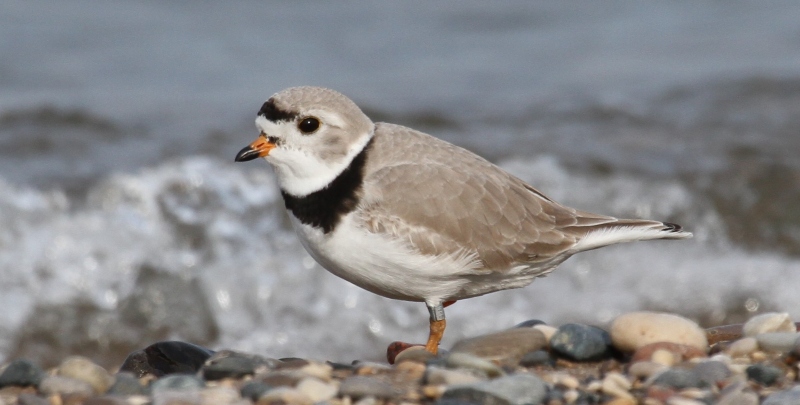
Piping Plover: Photo by Rita Flores Wiskowski via Flickr
Conservation and Management of Piping Plovers
The piping plover and the whooping crane will also receive direct support. The piping plover is a federally endangered bird whose population has grown from just one plover in 1948, to 26 in 2019. With support from the Bird Protection Fund, piping plover populations will be monitored, protected, and artificially incubated. This work will create additional breeding and nesting habitats while also protecting current sites.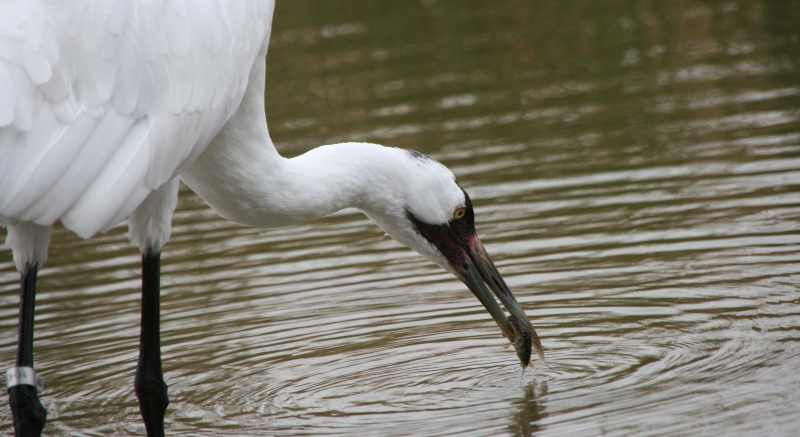
Whooping Crane: Photo by DZ Johnson via Flickr
Whooping Crane Reintroduction
The Whooping Crane Eastern Partnership continuously works to raise and release whooping crane chicks. Captive chicks are raised by interns at the International Crane Foundation until they are ready to be released and adopted by other birds who teach them the migratory route south. The Bird Protection Fund will be used to support these critical and hard-working interns.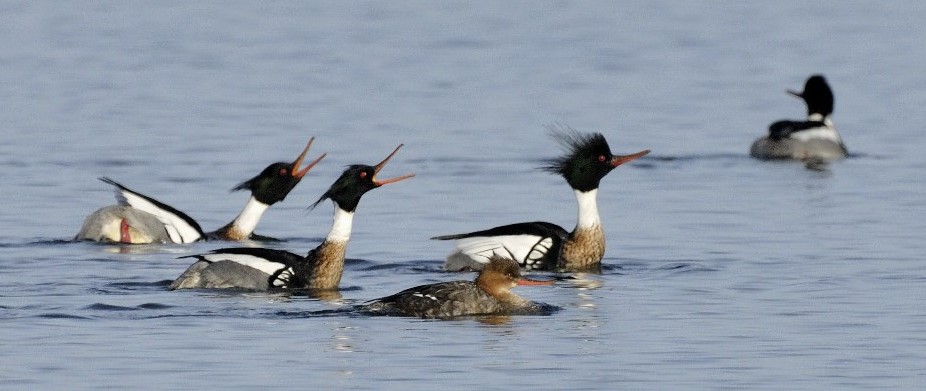
Red-Breasted Merganser: Photo by Bill Thompson/USFWS via Flickr
Lake Michigan Waterbird Research
Research is also supported by the Bird Protection Fund. The Western Great Lakes Bird and Bat Observatory monitors waterbirds migrating over Lake Michigan and its shoreline, an area previously not well studied. The Bird Protection Fund supports their research, which will help inform decisions about offshore wind energy development, harvest quotas for waterfowl, and future management actions.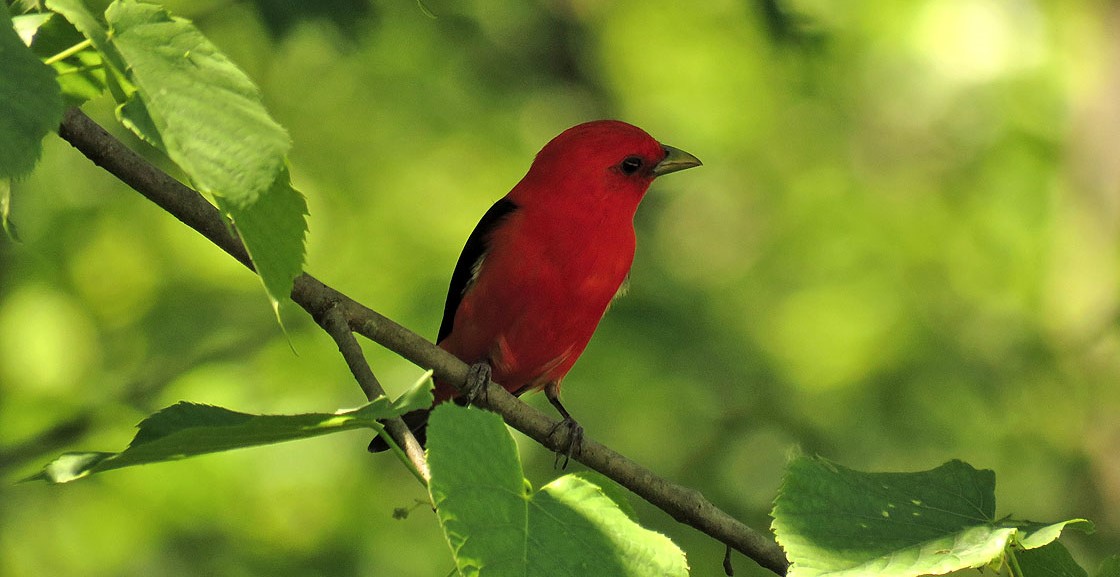
Scarlet Tanager: Photo by T Schultz via Flickr
Neotropical Flyways Project
The Neotropical Flyways Project will identify critical migratory stopover regions and habitats in both Central America and western Colombia, the results of which will be used to develop conservation plans for the major points of stopover in the region. The identification, mapping, mist-netting, and radio-tracking of birds, actions supported by the Bird Protection Fund, are critical to determining these sites and their usage.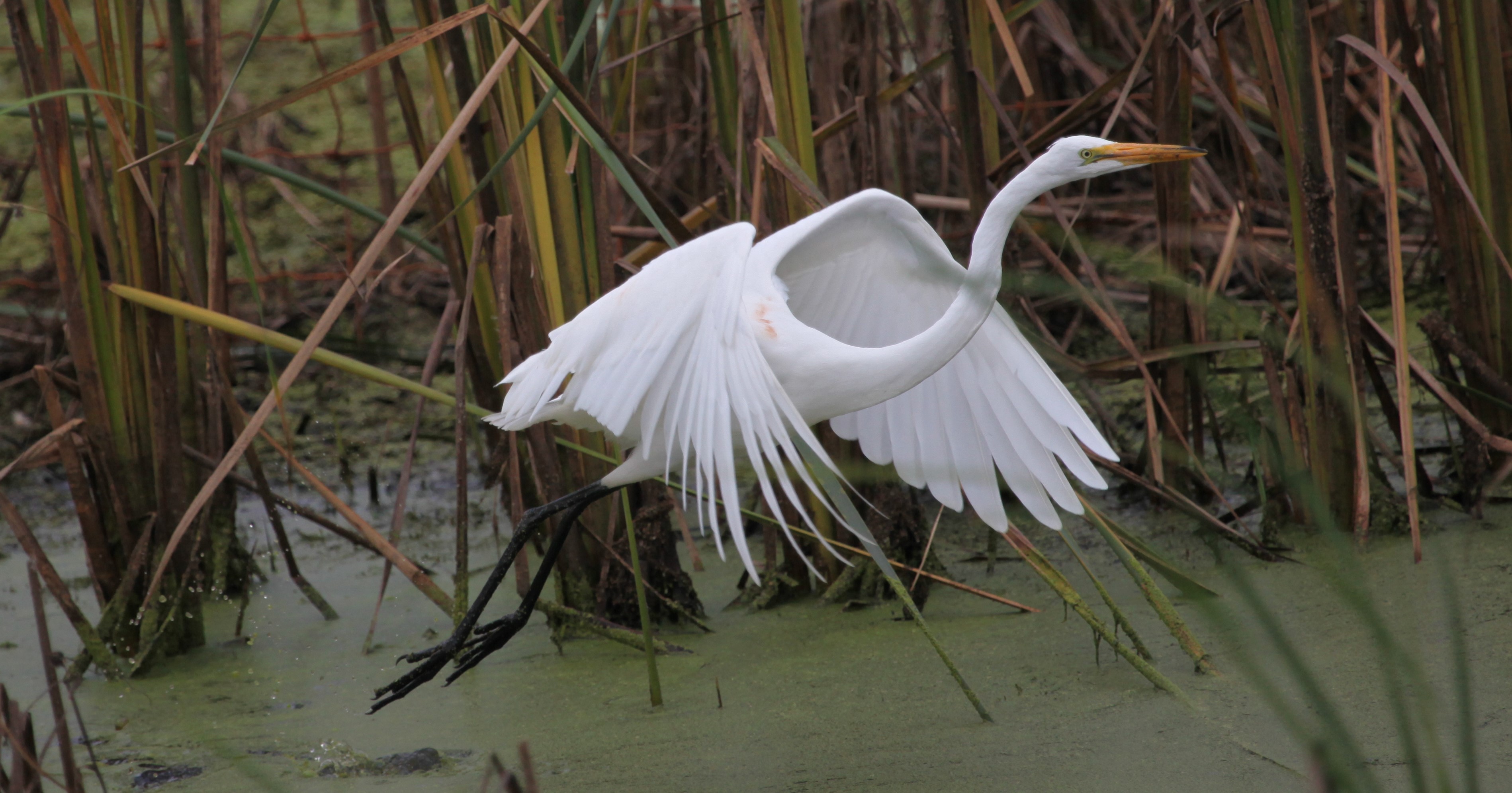
Great Egret: Photo by Deborah Johnson via Flickr
Wisconsin Breeding Bird Atlas II
The second project is a five-year field study documentation of bird breeding in the Wisconsin area, the Wisconsin Breeding Bird Atlas II. Bird surveyors across the state will be supported by the fund, enabling their work that helps give a picture of bird populations in the state, influencing conservation and management decisions.Horicon Marsh: Photo by US FWS via Wisconsin IBA
Important Bird Areas Coordinator
The Wisconsin Bird Conservation Partnership works to evaluate the status and condition of the state’s 93 Important Bird Areas. With support from the Bird Protection Fund, the initiative will be hiring a new coordinator who will continue efforts to identify threats, opportunities, and potential partners for these risk areas, leading to prioritization for habitat restoration and enhancement.
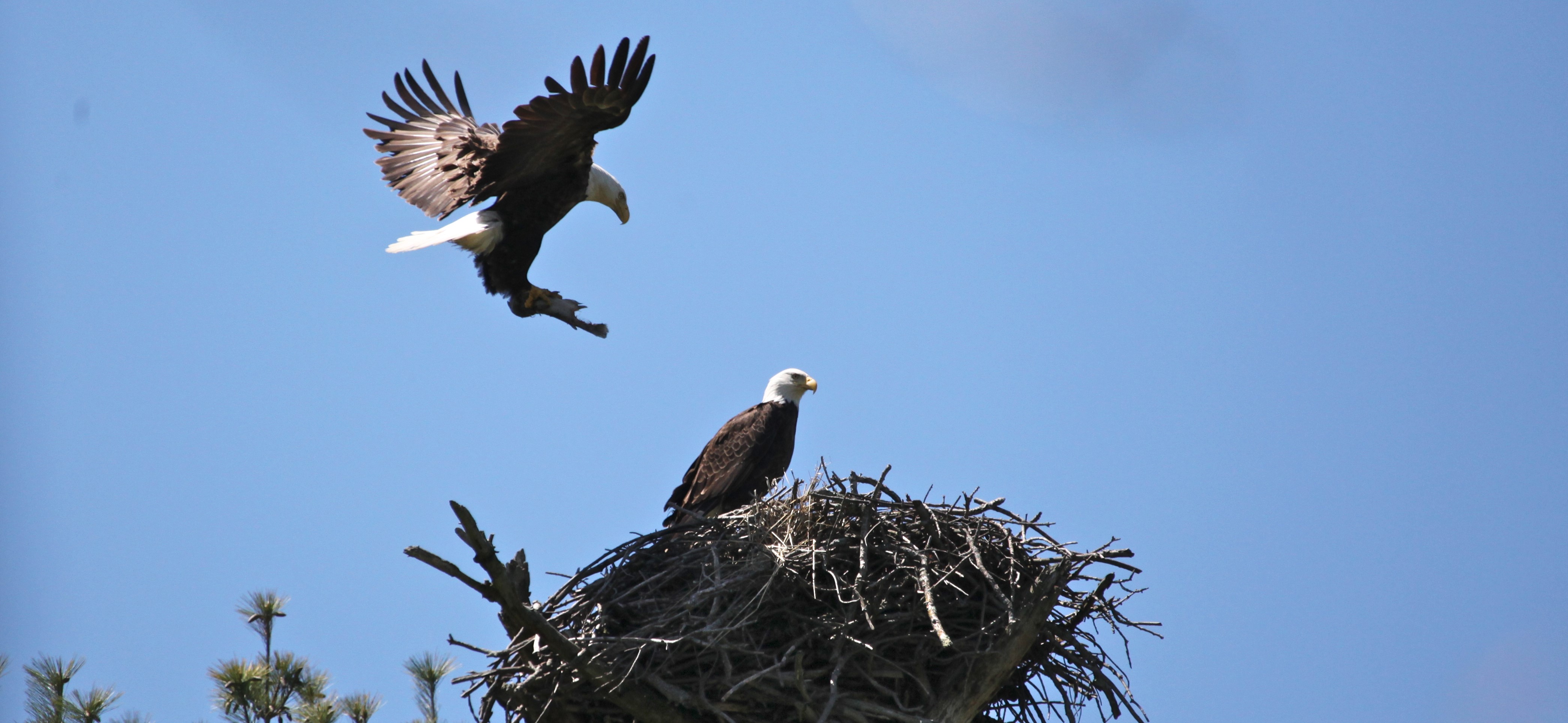
Nesting Bald Eagles: Photo by Deborah Johnson via Flickr
Bird City Wisconsin
Lastly, the fund will be used to support Bird City Wisconsin, an organization that recognizes communities across Wisconsin that excel at putting birds first. These communities install nest boxes, promote green space, grow native plant gardens, and host educational programming and festivals—all serious efforts to address the decline of urban birds and keep cities bird-friendly.
Photo by Barb Barzen via Flickr